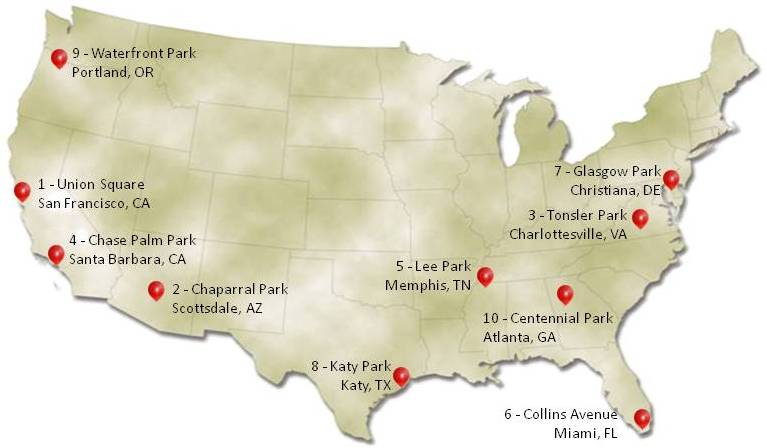Earlier this month, the DARPA Network Challenge made quite a splash across the Internet and the media. The task was to identify the exact location of 10 red weather balloons around the country. The winning team from MIT succeeded in identifying the locations of the balloons in less than nine hours.
There was recently a good article from Scientific American about the winning entry and the second place team from Georgia Tech. The article details the way in which the teams tried to (1) build social incentives into the system to get people to participate and to recommend their friends to participate; (2) how they managed to fight spam or noisy information from people trying to lead them astray. The MIT team, for example, required photo proofs of both the ballon and the official certificate of the ballon at each location from DARPA officials, suggesting they realized that noisy or bad data is a real challenge in social participation systems.
But what did the challenge really teach us?
Looking back for the last decade or so, we have now gotten a taste of how mass-scale participation in social computing systems results in dramatic changes in the way science, government, healthcare, entertainment, and enterprises operate.
The primary issue relating to the design of social participation systems is understanding the relationship between usability, sociability, social capital, collective intelligence, and how to elicit effective action through design.
* Usability concerns the ability for all users to contribute, regardless of their accessibility requirements and computing experience, and how to lower the interaction costs of working with social systems.
* Sociability refers to the the skill or tendency of being sociable and of interacting well with others. There is a huge role in how the designer can facilitate and lubricate social interactions amongst users of a system.
* Social Capital refers positions that people occupy in social networks, and their ability to utilize those positions for some goal. Designers need to enable people to sort themselves into comfortable positions in the social network, including leadership and follower positions.
* Collective Intelligence or Social Intelligence refers to the emergence of intelligent behavior amongst groups of people. Designers can create mechanisms such as voting systems, folksonomies, and other opinion aggregators to ensure the emergence of social intelligence over time. [Note that the definition for "Social Intelligence" here differs from traditional use of the phrase in social psychology.]
The principal concern for designers of systems is to ensure the participants both give and get something from the system that is beneficial to both the individual as well as to the group. This may take the form of being challenged in their ideas, or to contribute to the overall knowledge of a domain, or to contribute their experiences of using a particular product or drug.
More importantly, social participation systems should encourage users to take part in effective action. One main design principle here is that effective action arises from collective action. That is, by encouraging participants to learn from each other and to form consensus, group goals will form, and action can be taken by the entire group.
The DARPA Network Challenge is interesting in that it was designed to see how we can get groups of people to take part in effective action. In that sense, the experiment was really quite successful. But we already have quite a good example of this in Wikipedia, in which a group of people came together to learn from each other’s perspective, but they share a common goal to create an encyclopedia of the state of human knowledge for broader distribution. Here collective action resulted in effective change in the way people access information.
Looking toward the next decade, the social computing research challenge is understanding how to replicate effective social actions in social participation systems, in domains such as healthcare, education, and open government. United, we might just solve some of the biggest problems in the world.




Join the Discussion (0)
Become a Member or Sign In to Post a Comment